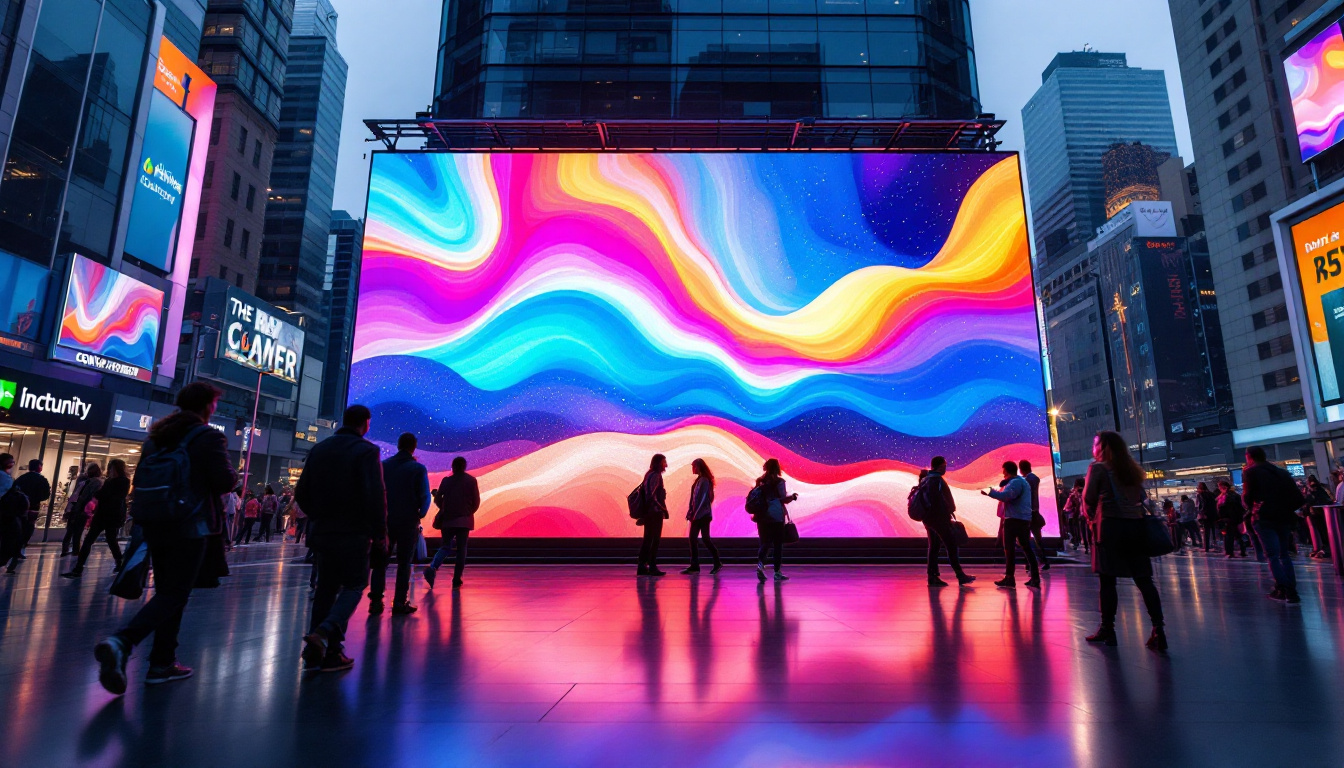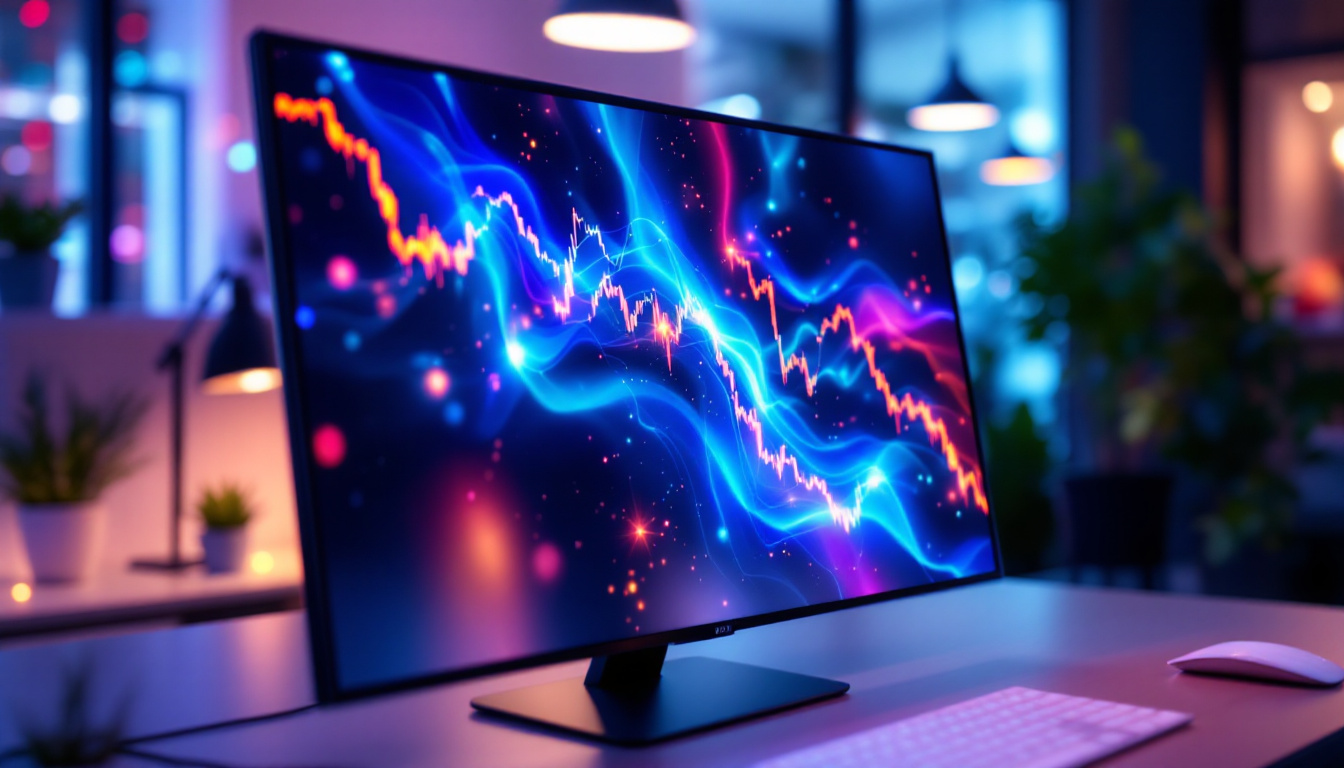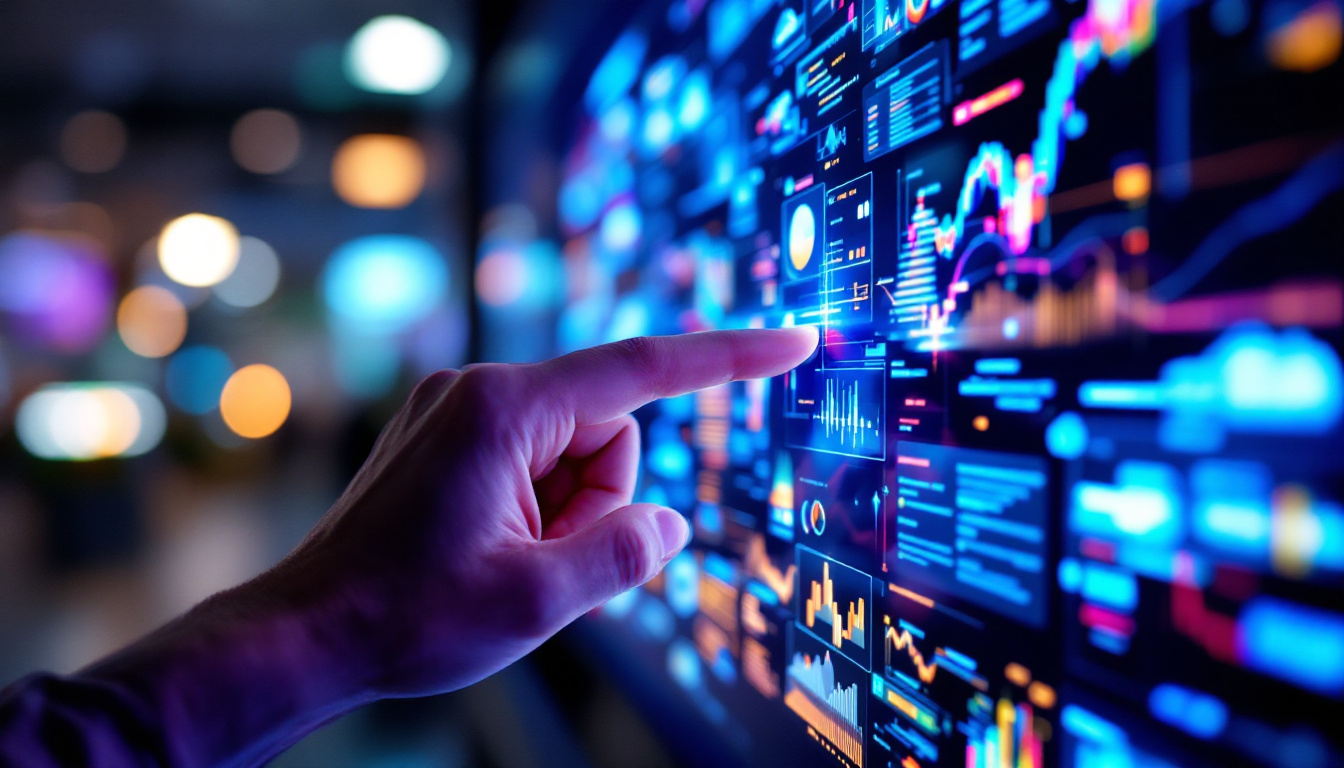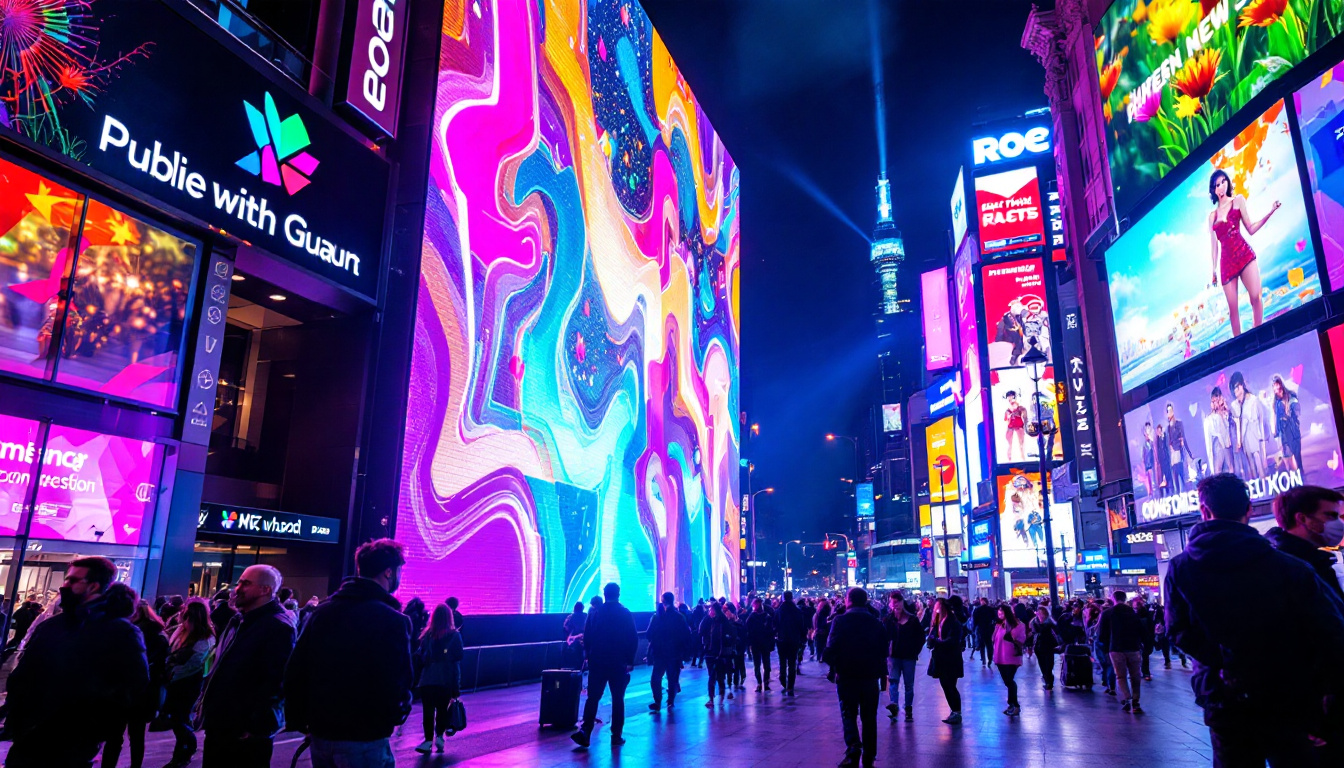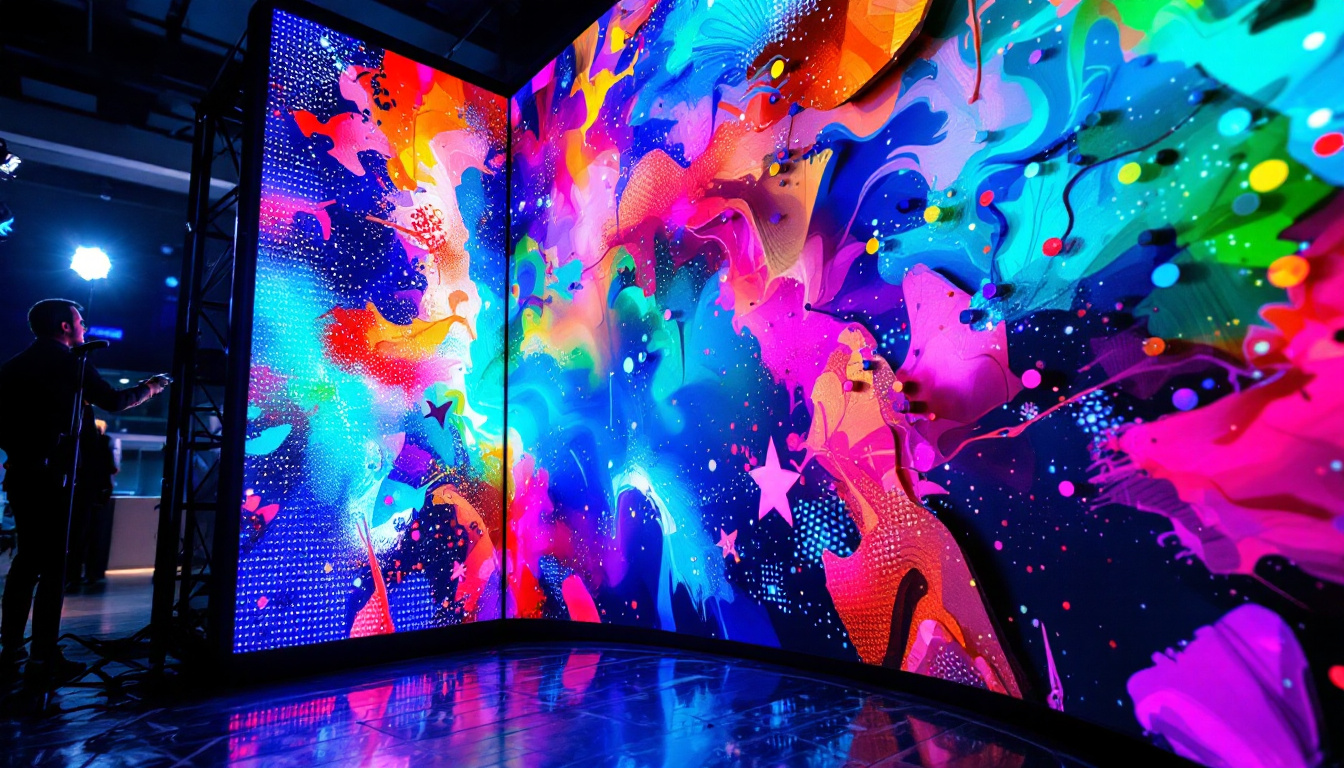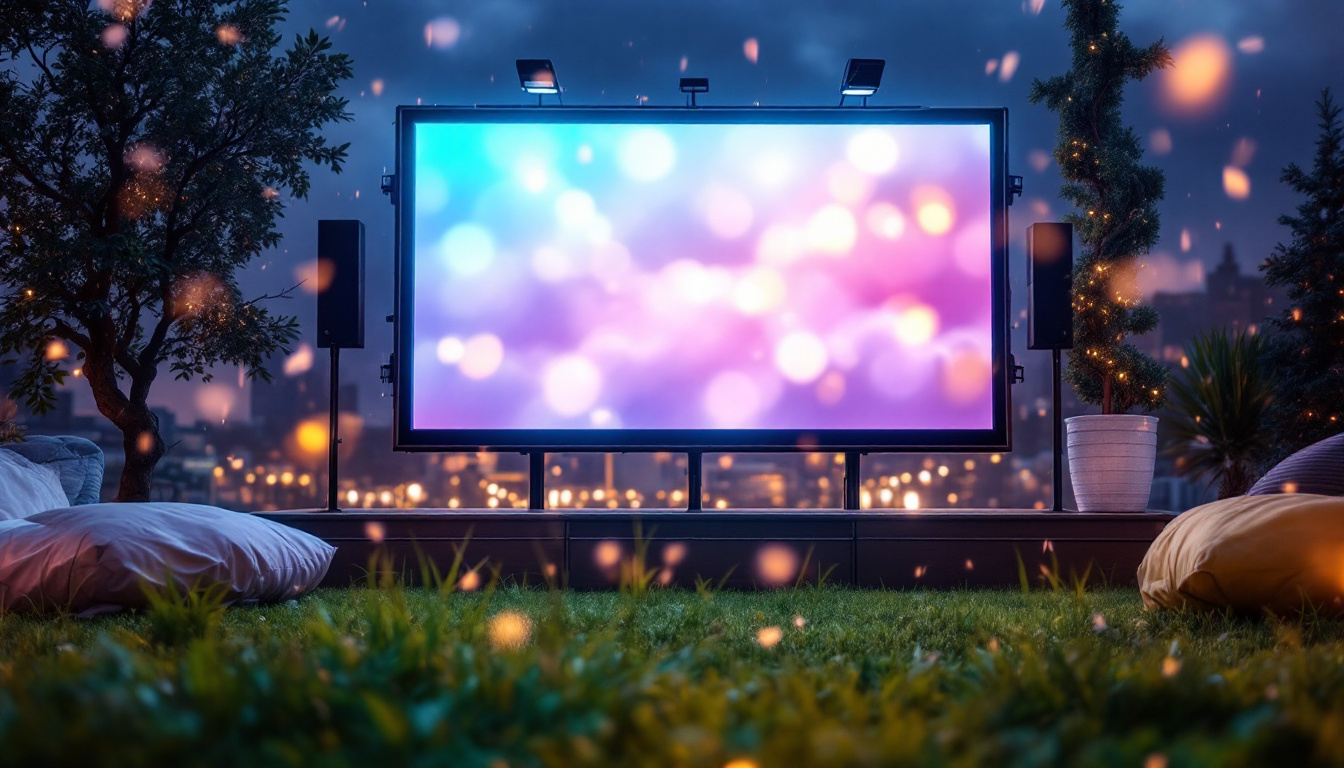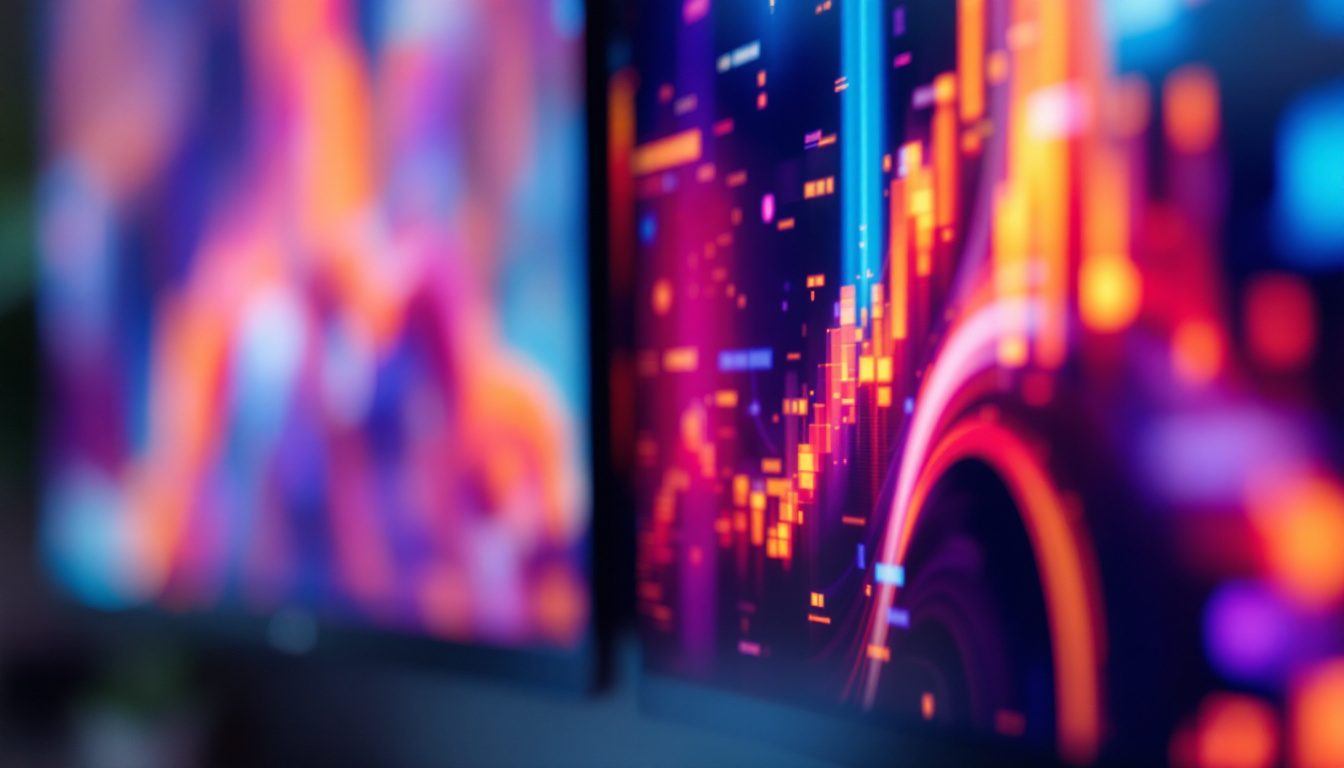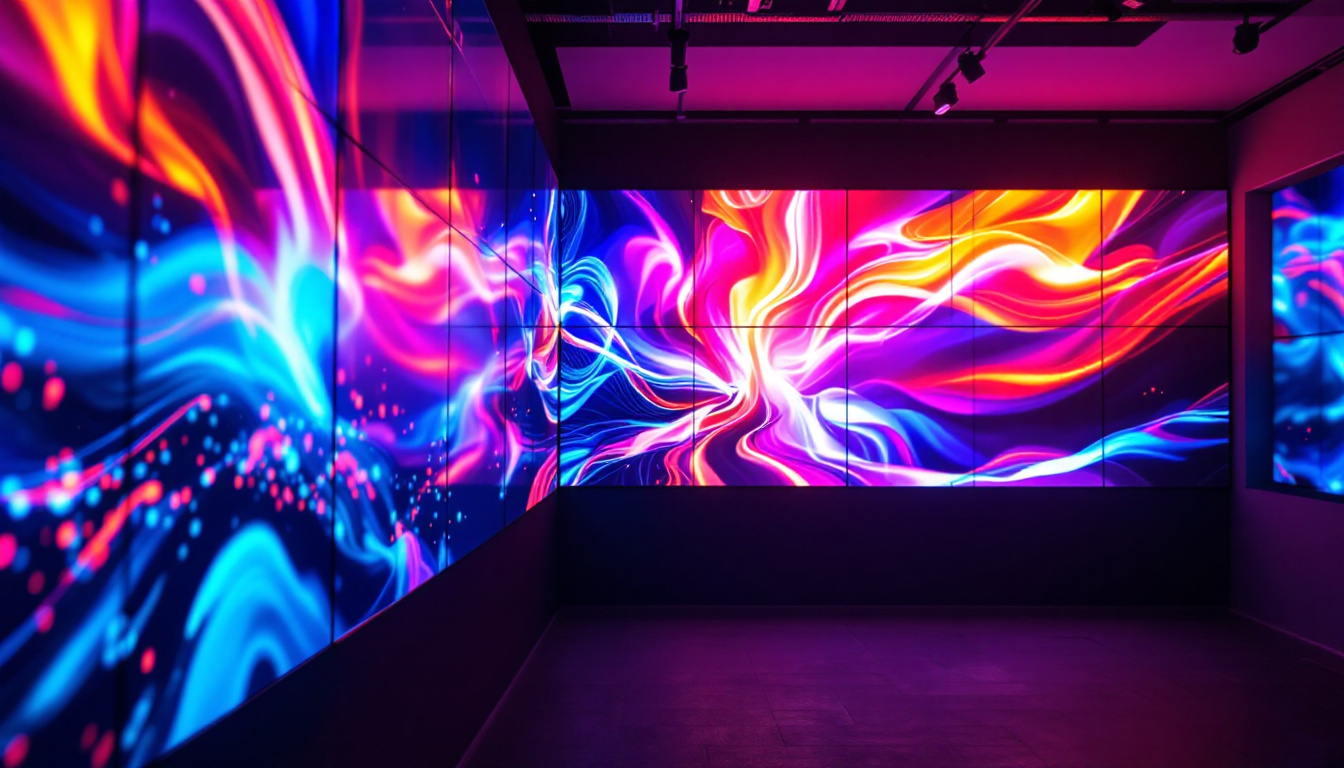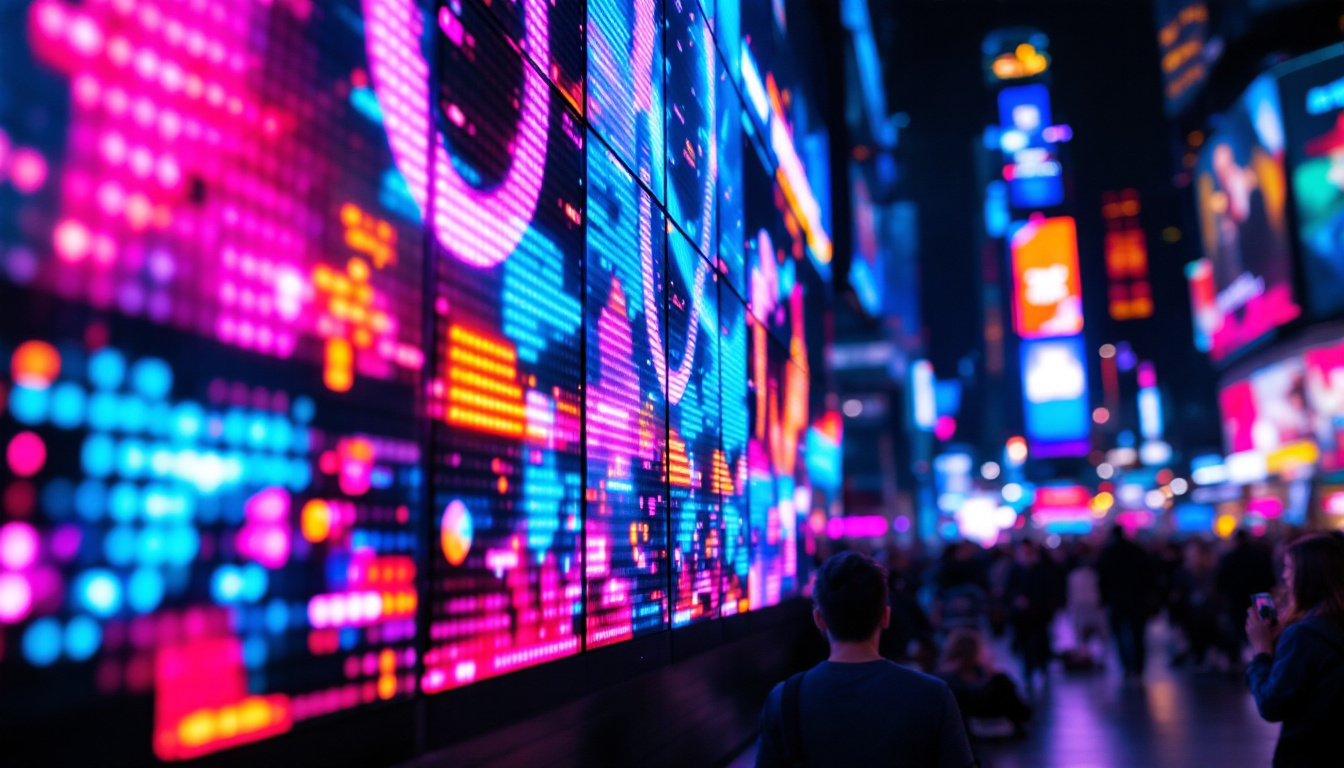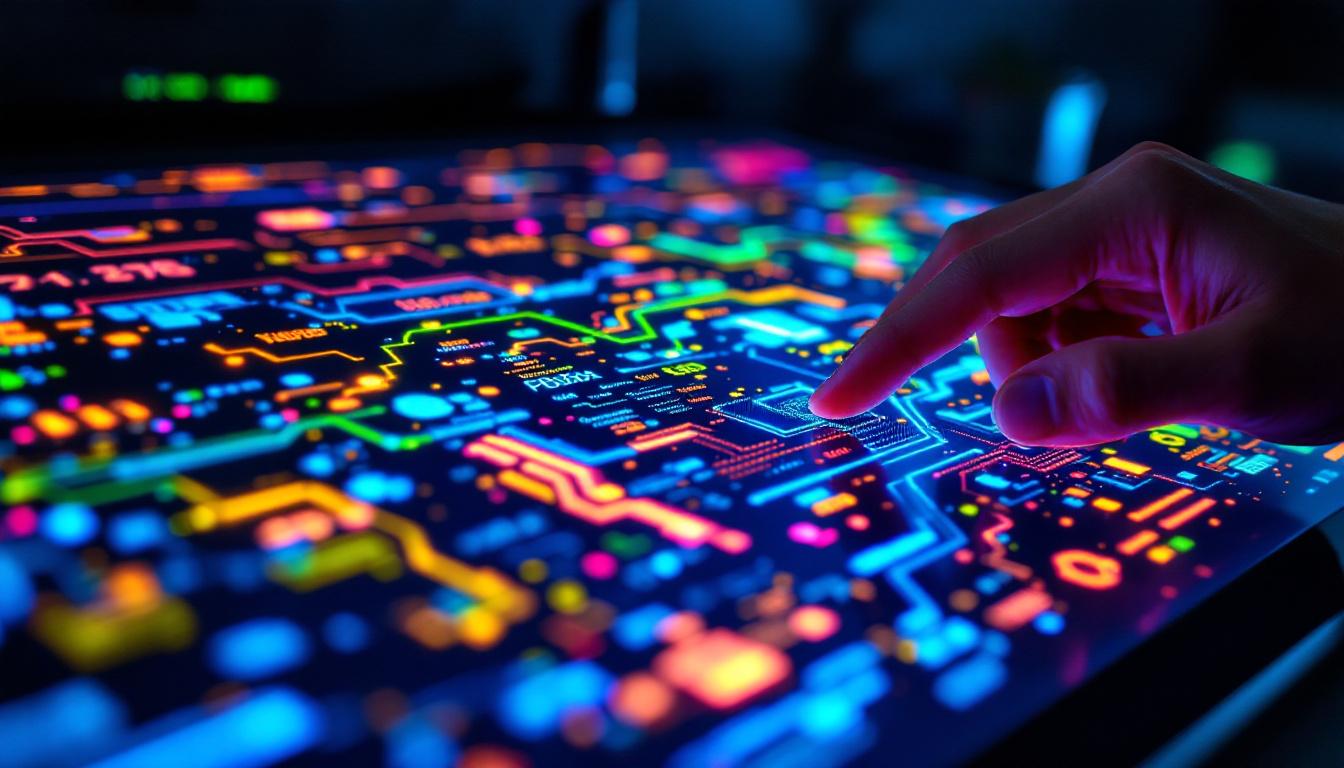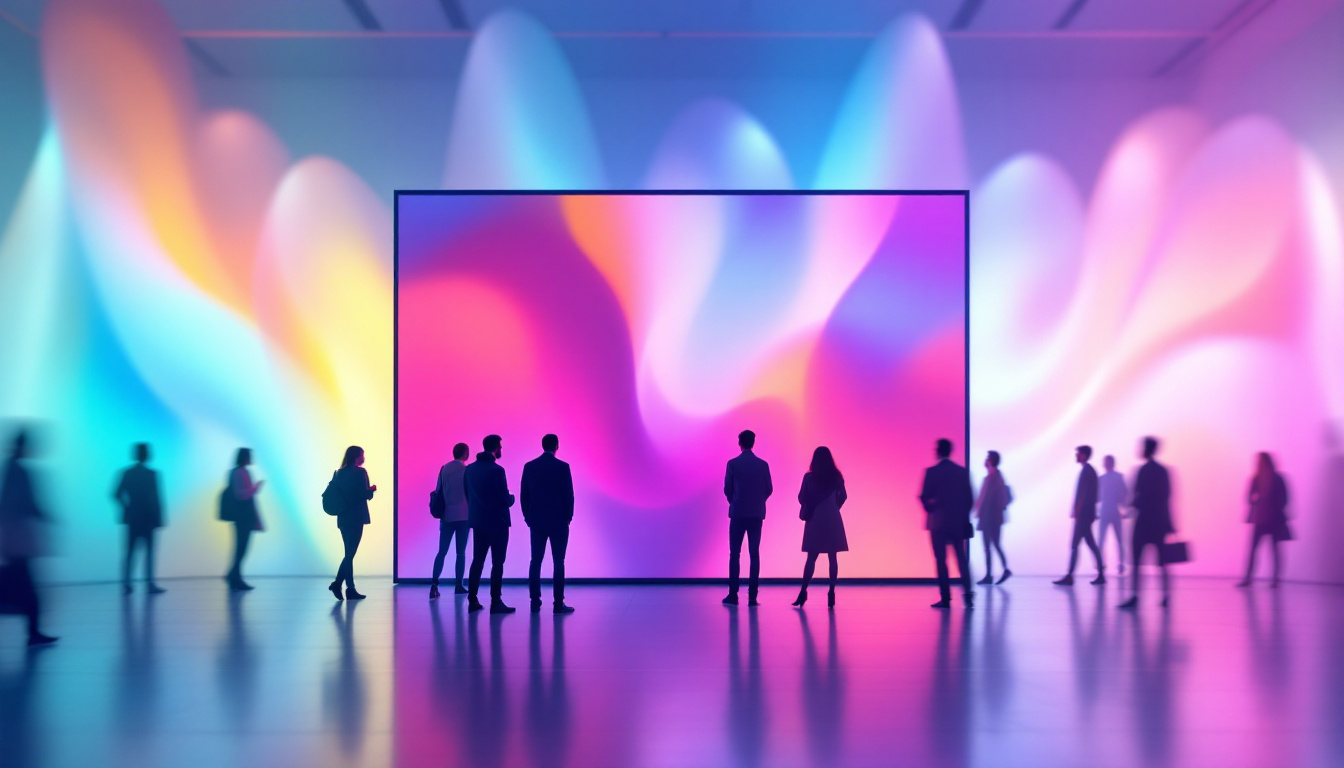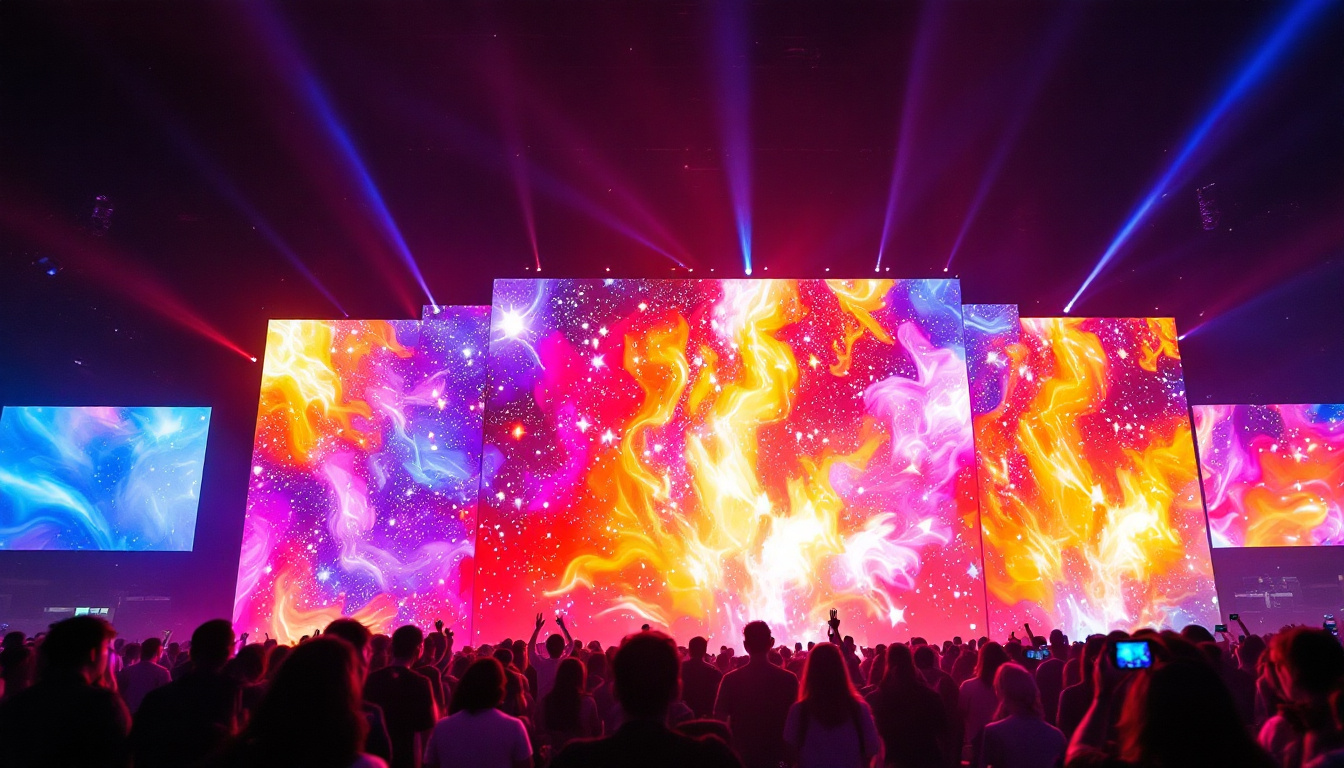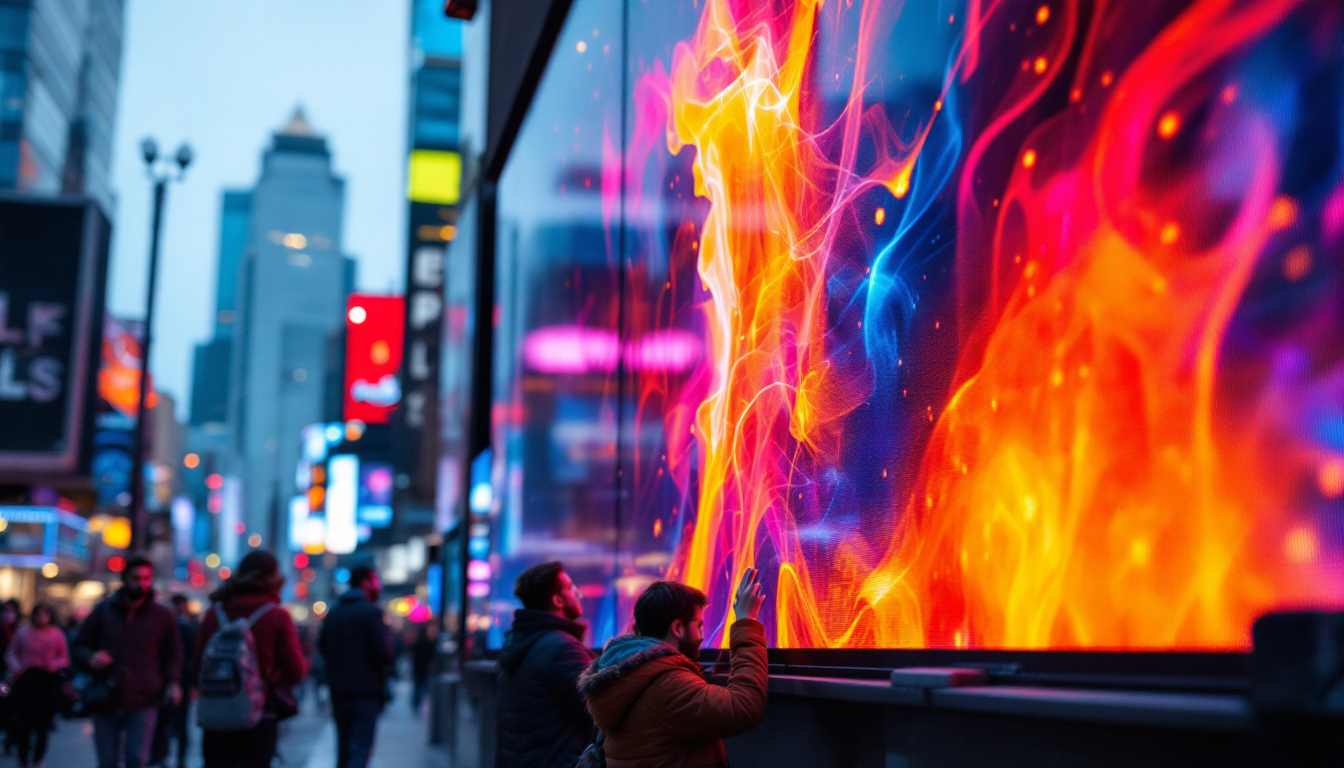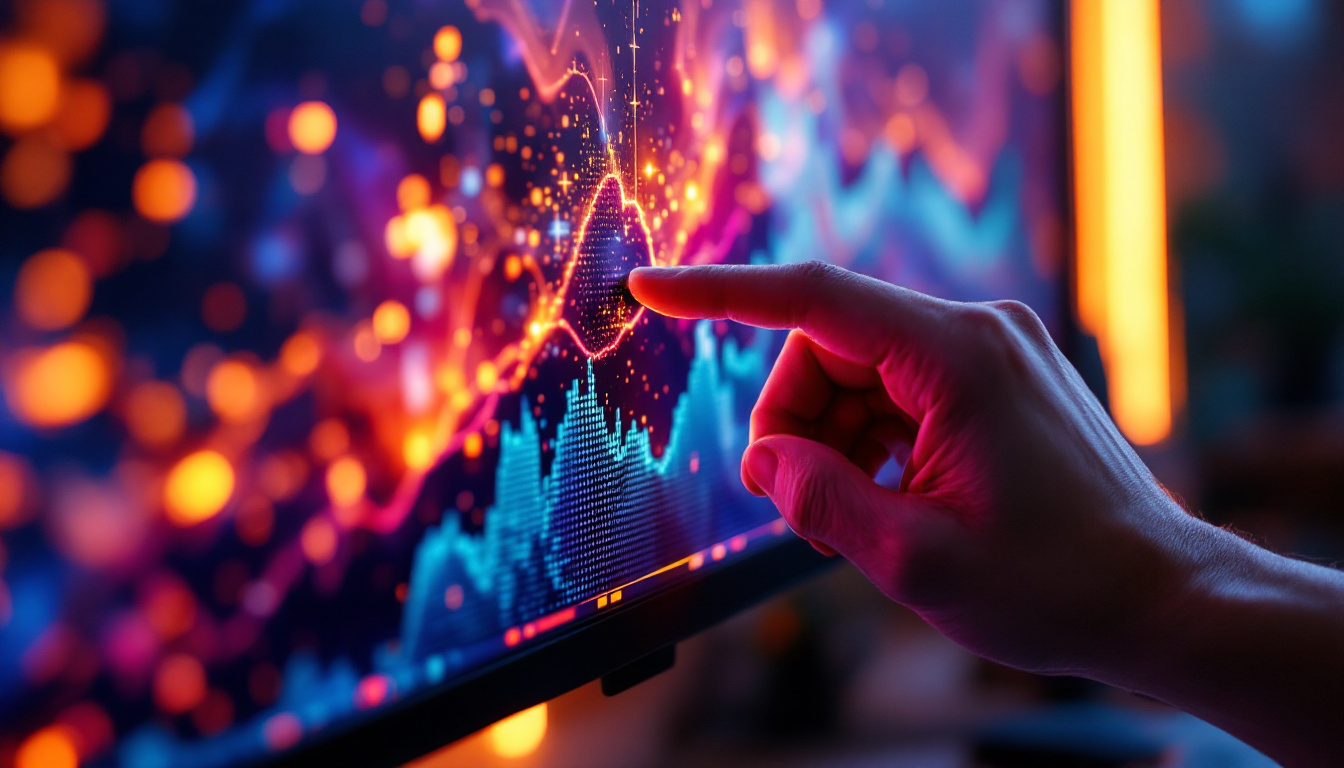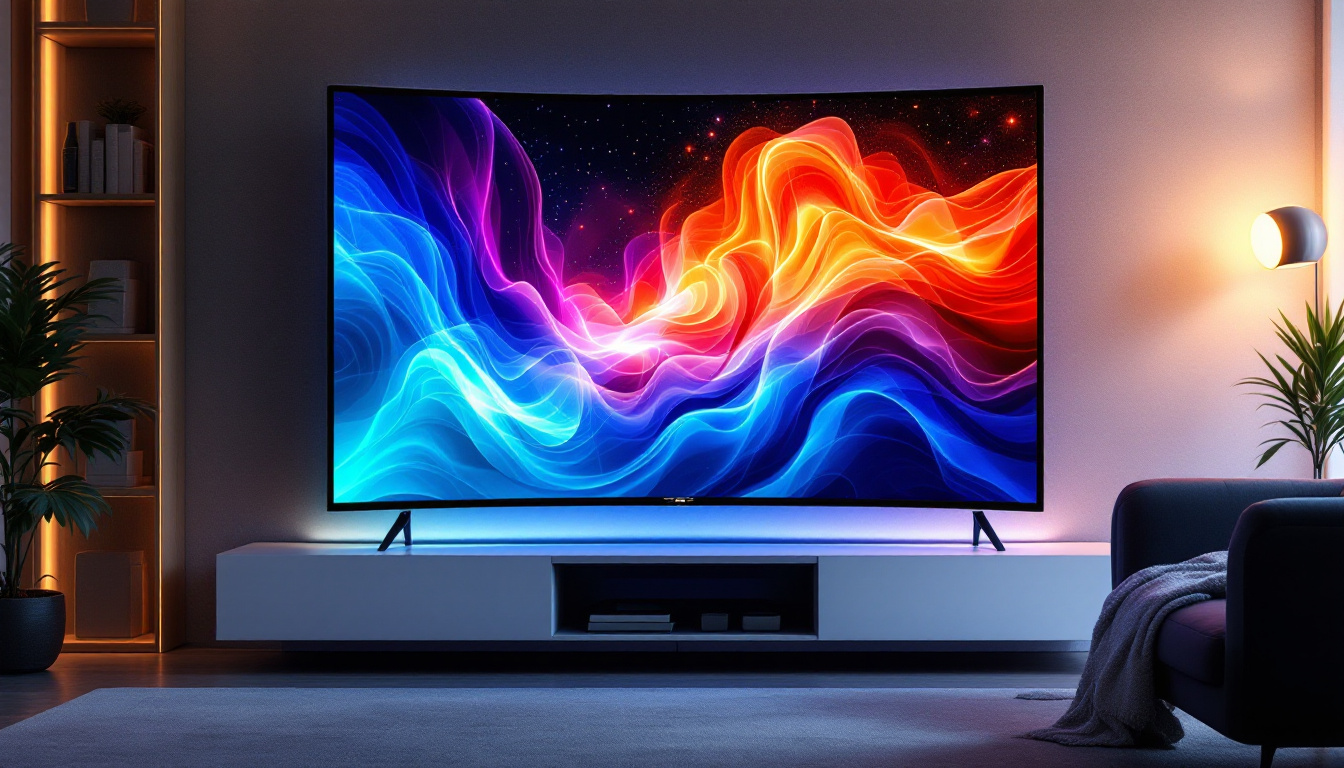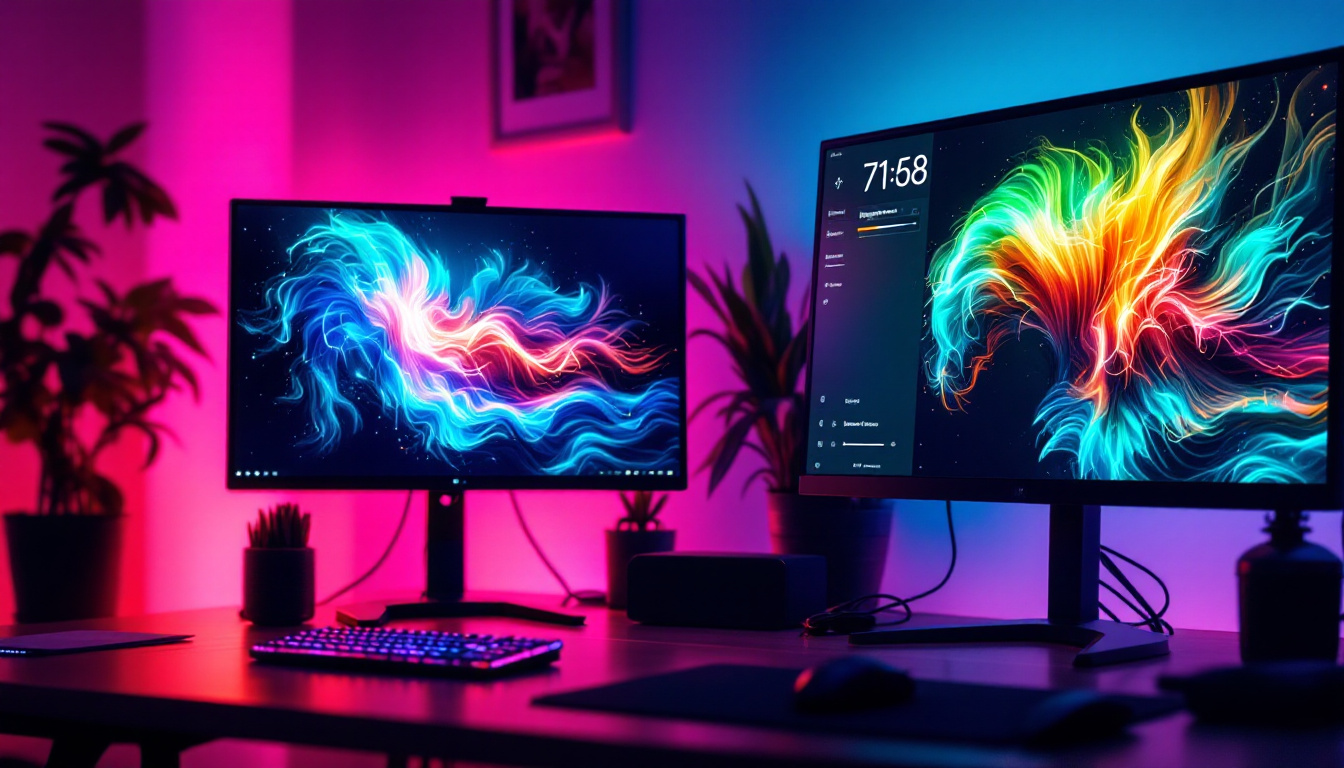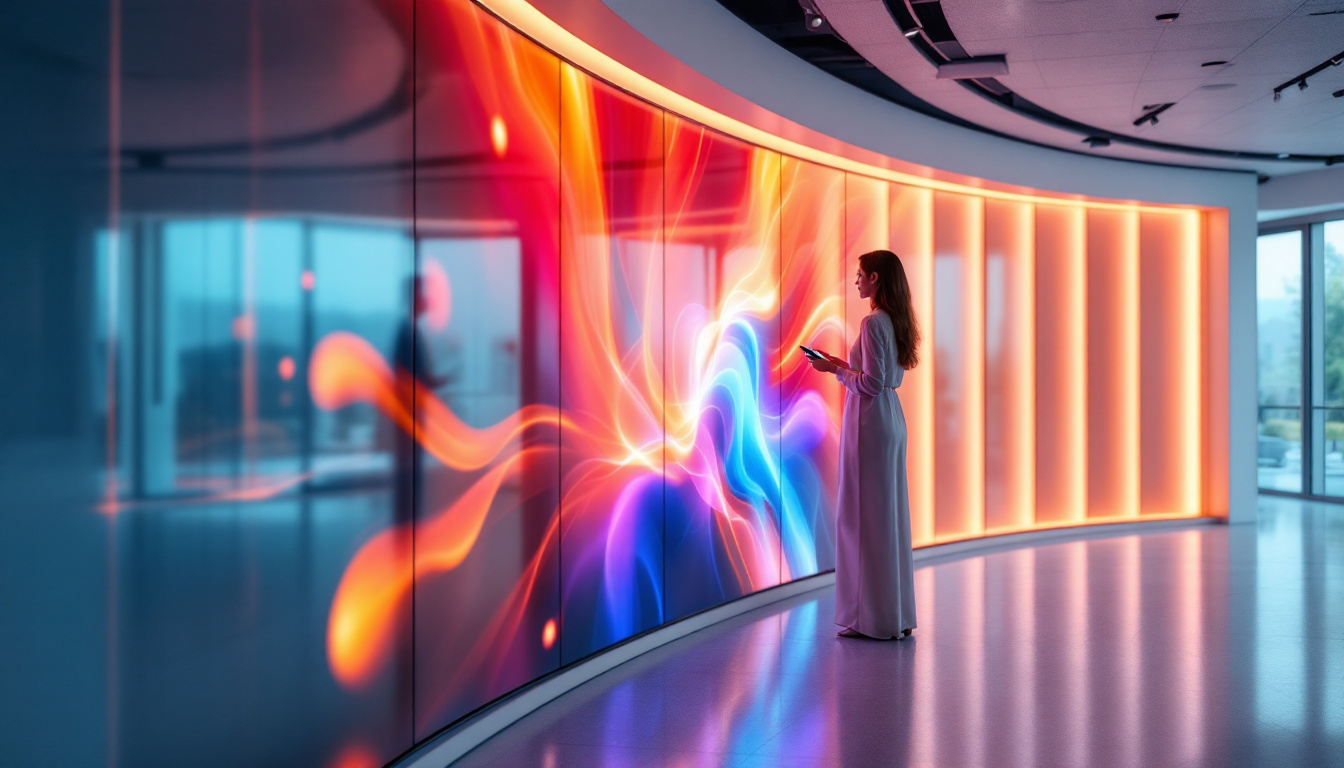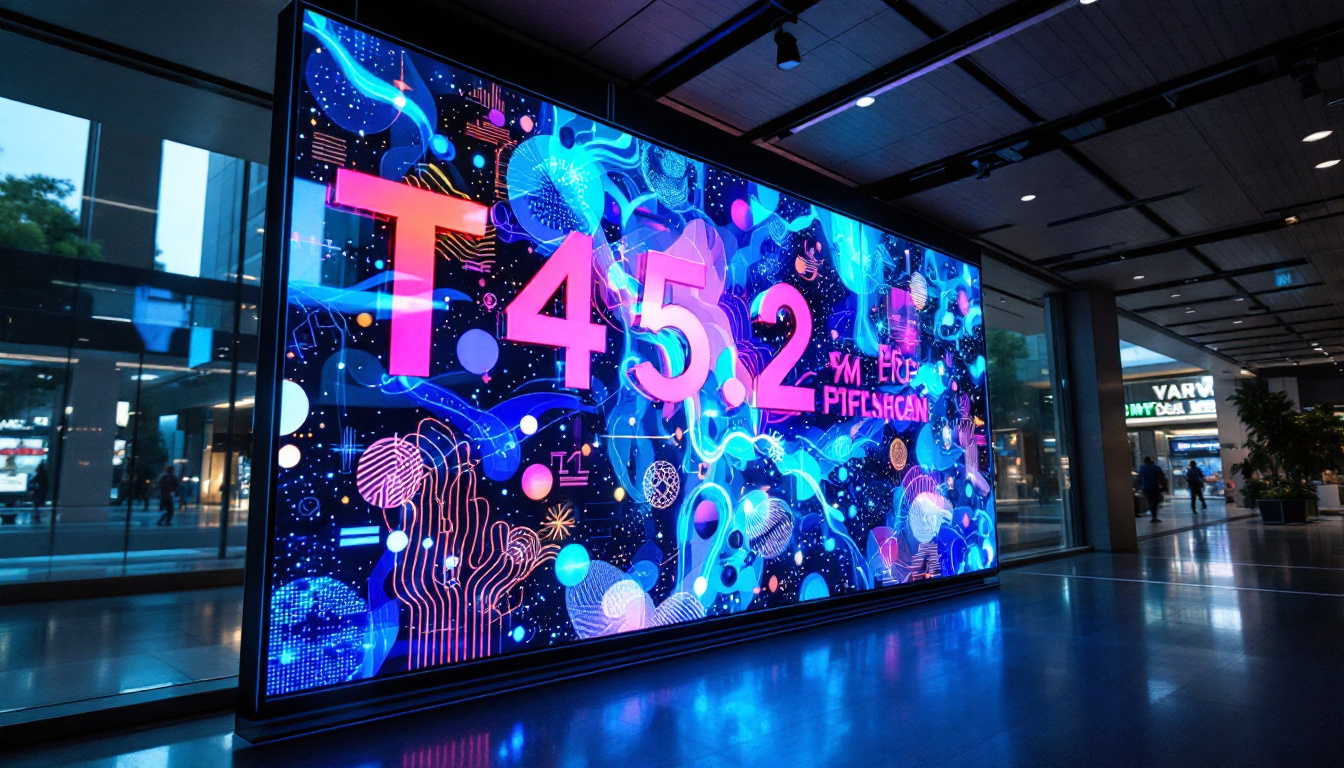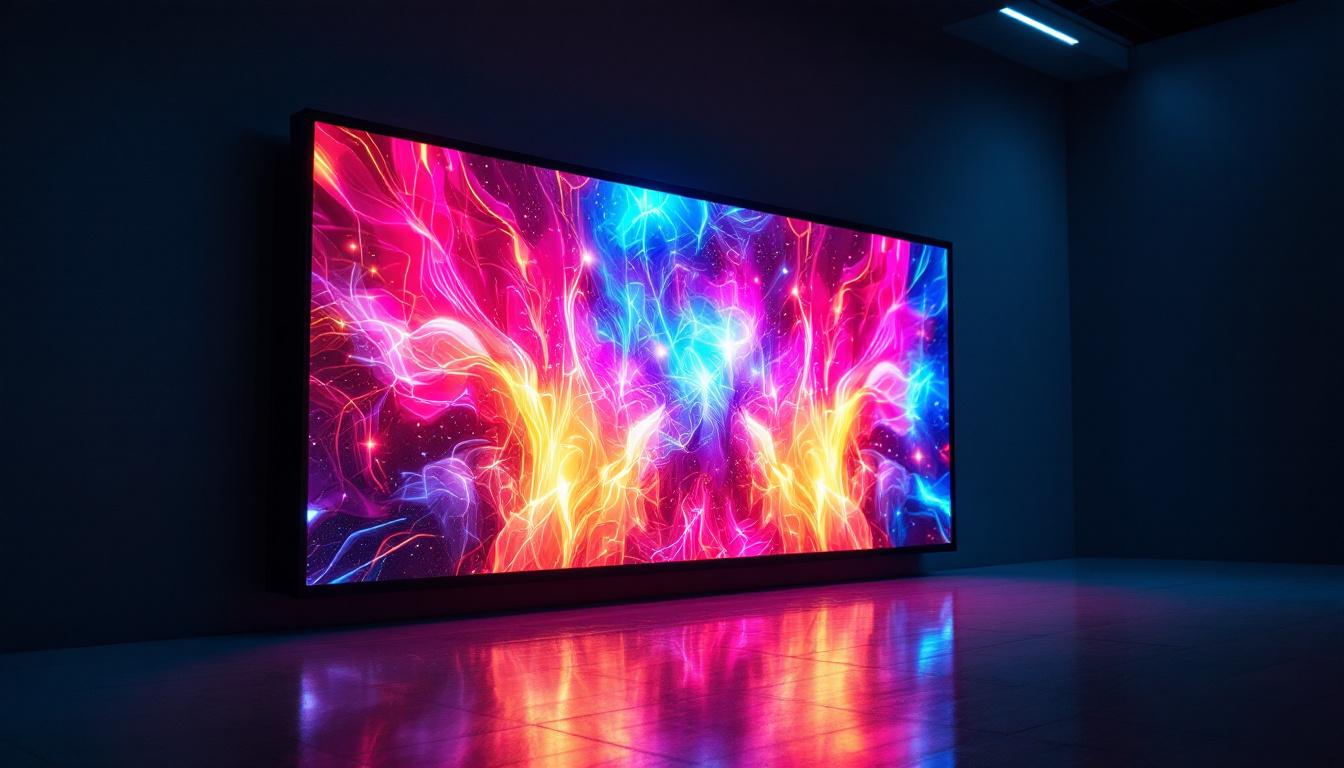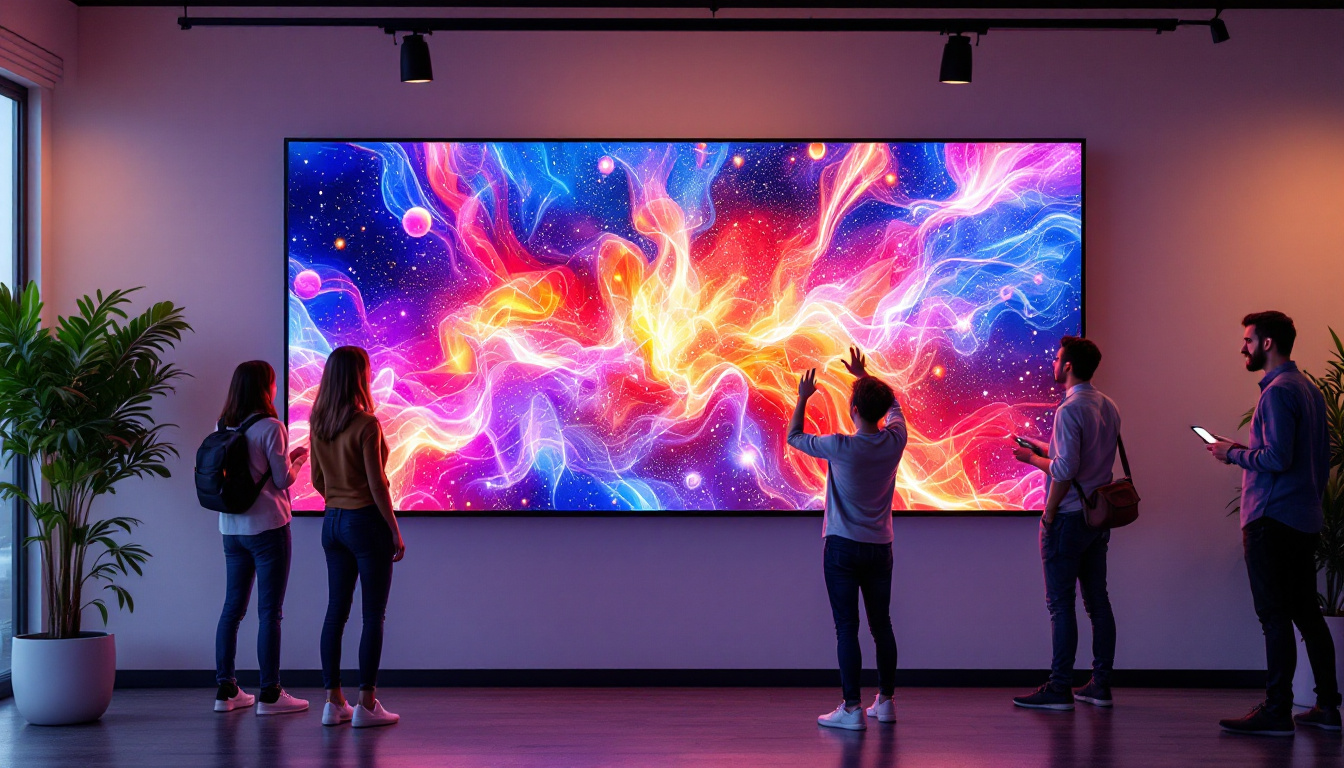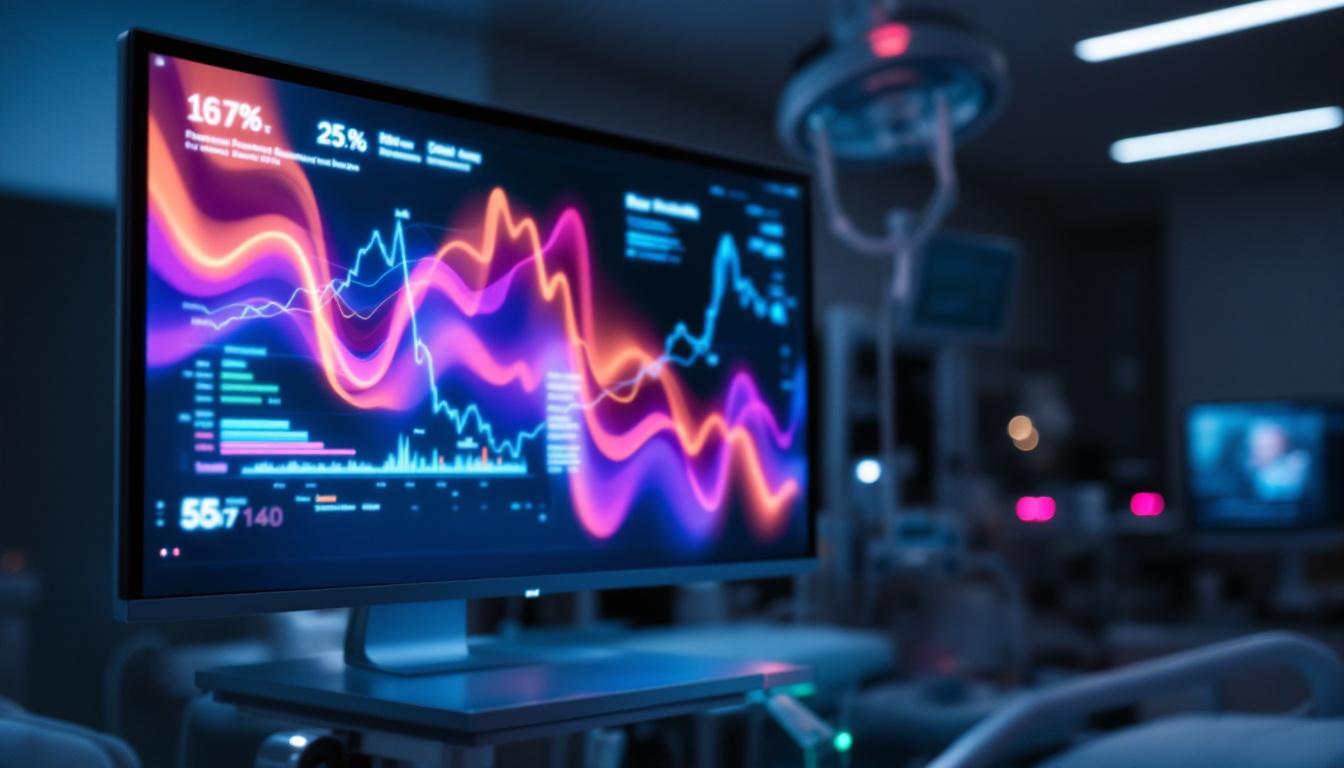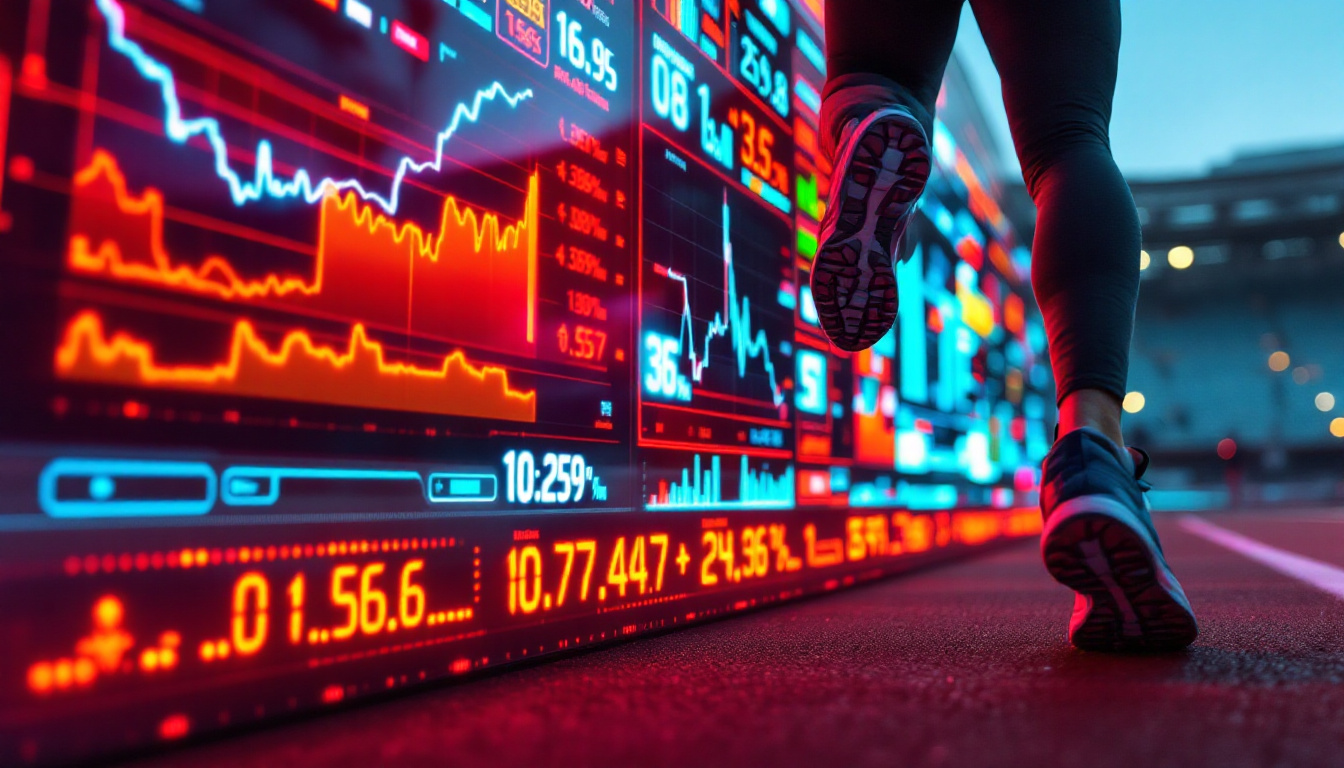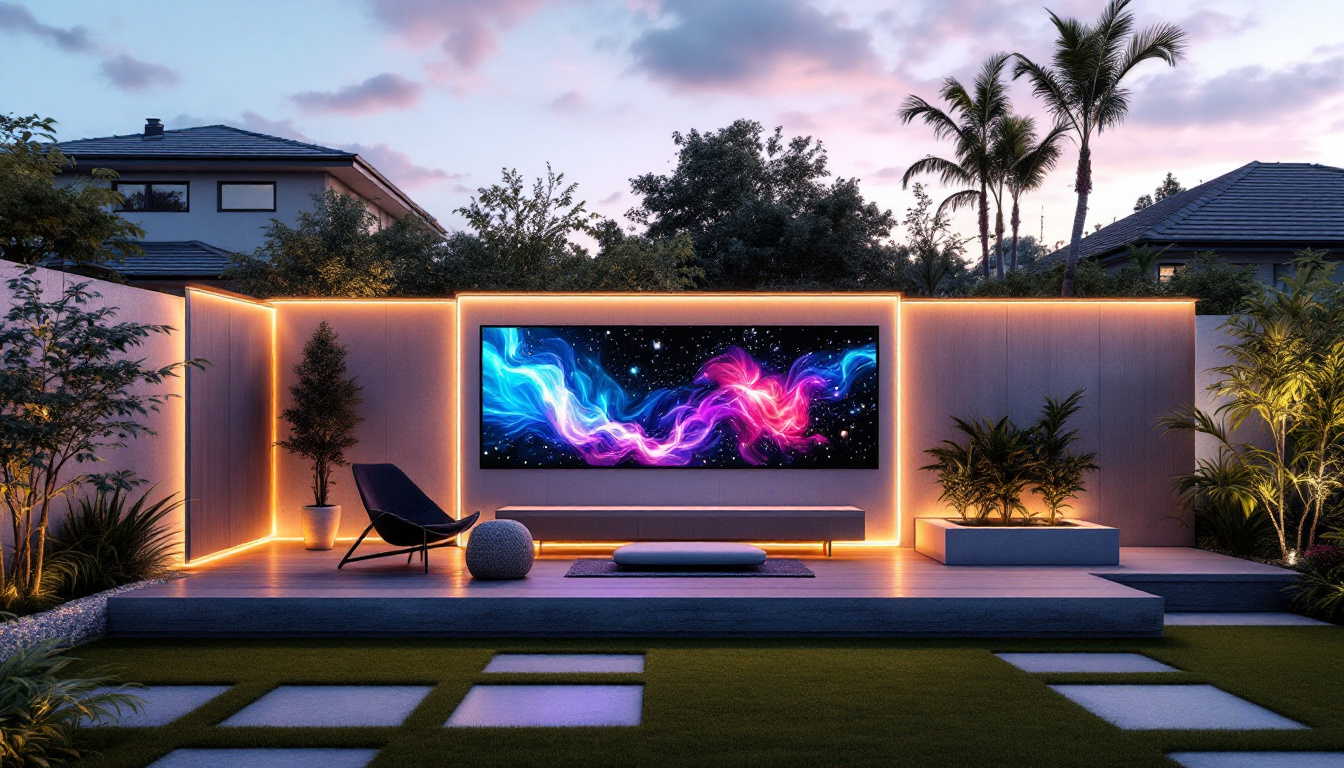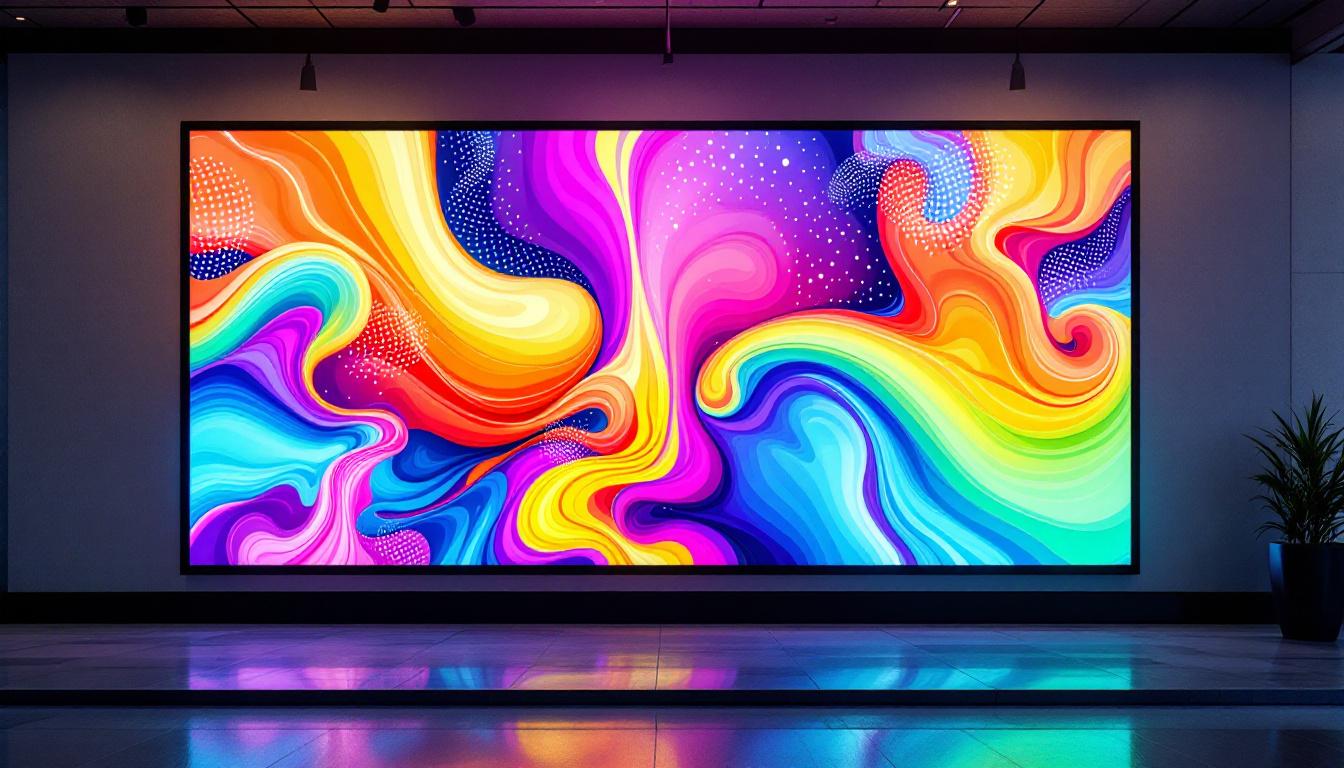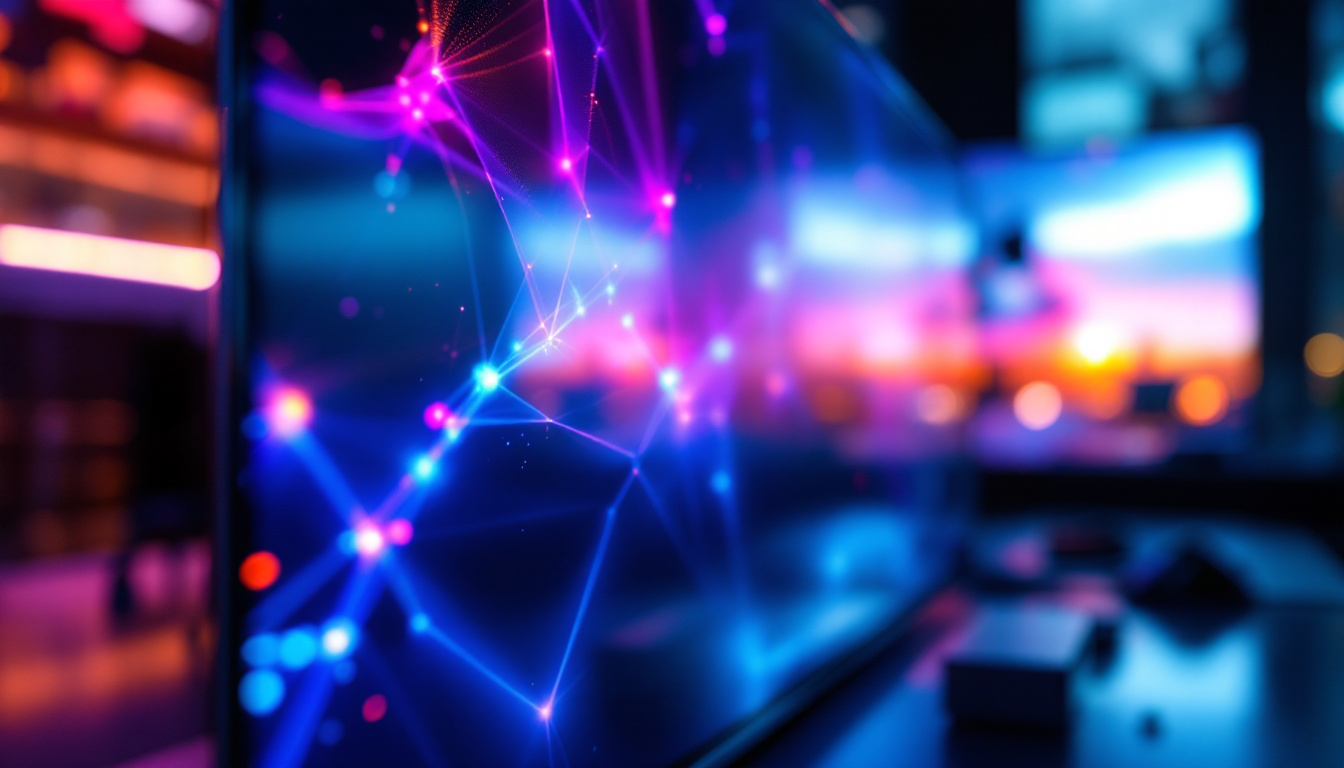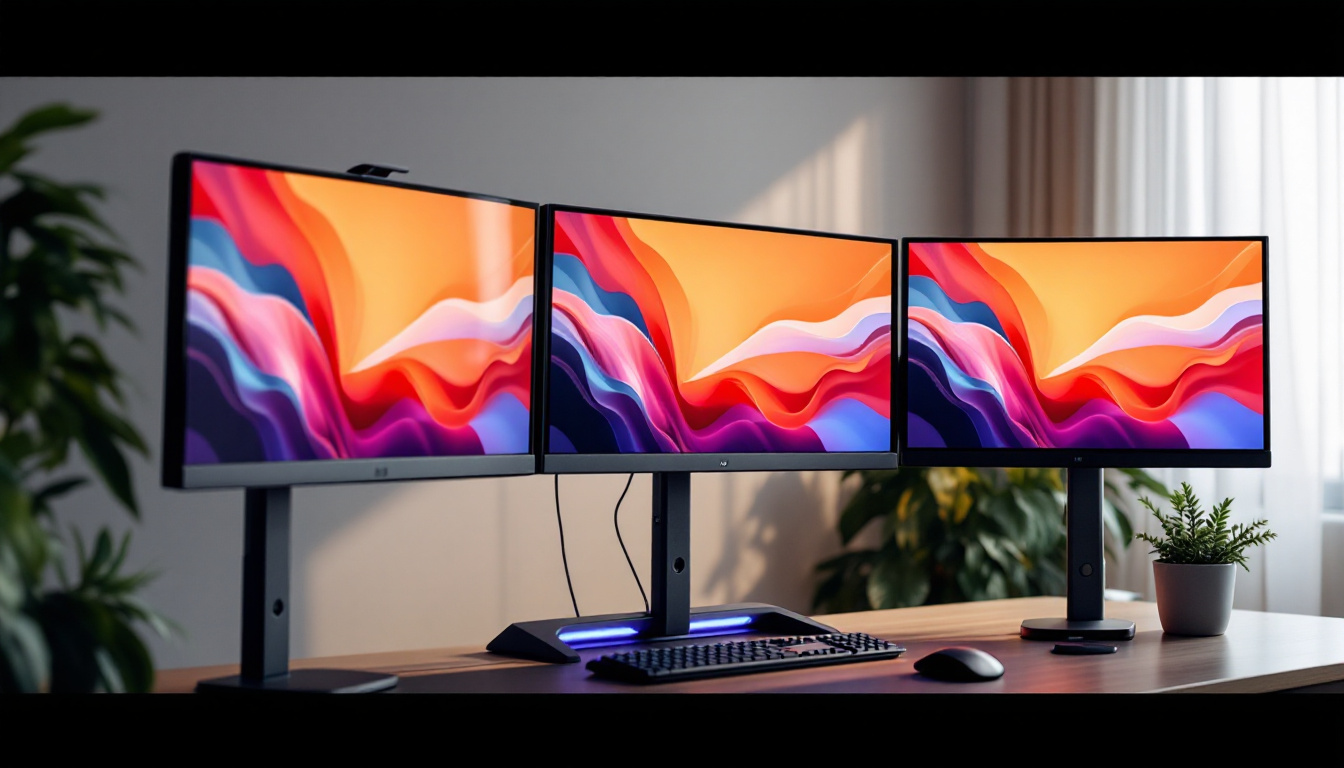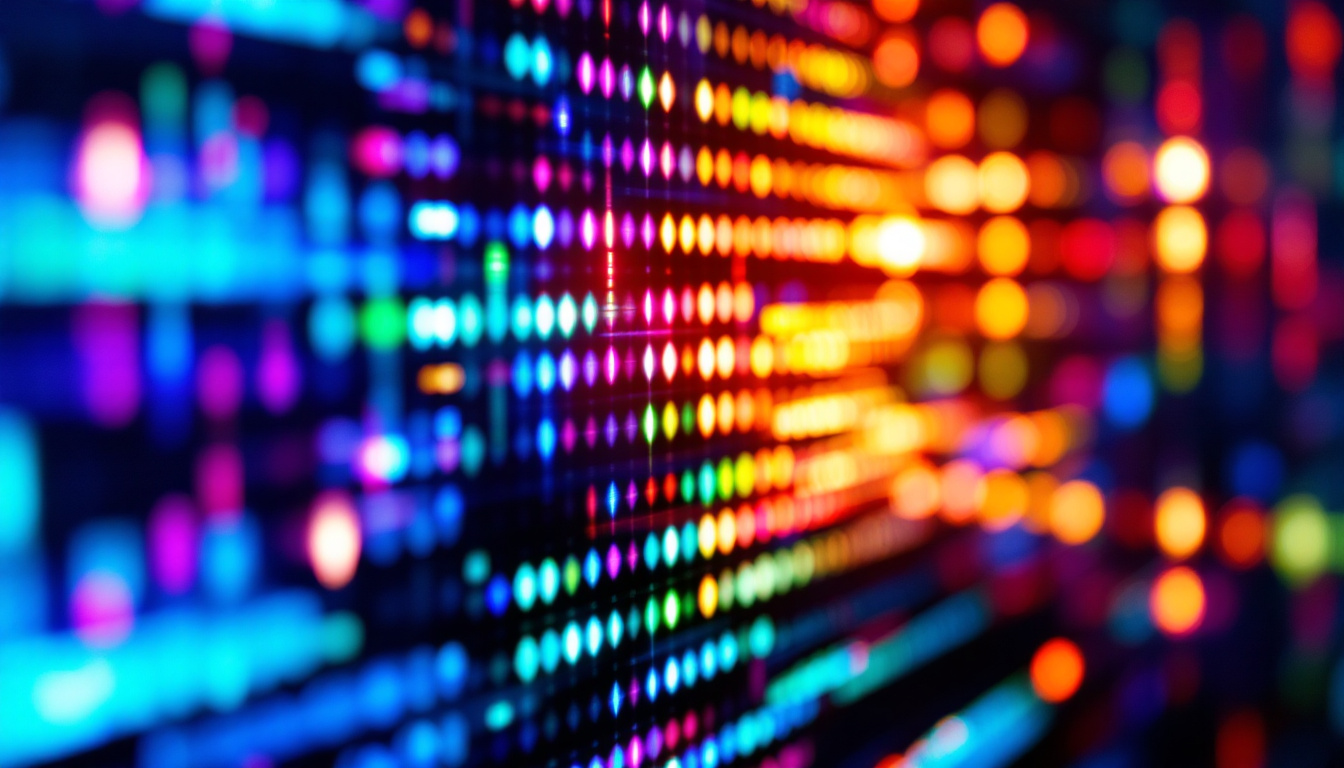In today’s fast-paced world, effective communication is paramount for businesses and organizations. One of the most impactful ways to convey messages is through signage, particularly LED displays. These vibrant, eye-catching displays have transformed the landscape of advertising and information dissemination. This article delves into the intricacies of LED displays, exploring their technology, applications, benefits, and future trends.
Understanding LED Technology
LED, or Light Emitting Diode, technology has revolutionized the way visual information is presented. Unlike traditional signage, which often relies on static images or printed materials, LED displays offer dynamic, colorful, and animated content that can be updated in real-time. This adaptability not only enhances the viewer’s experience but also allows businesses to communicate timely messages, promotions, or announcements effectively. As a result, LED technology has become a staple in modern advertising and information dissemination.
How LED Displays Work
At the core of LED technology is the semiconductor material that emits light when an electric current passes through it. This process allows for the creation of pixels, which are the building blocks of an LED display. Each pixel consists of red, green, and blue (RGB) diodes, which can be combined in various ways to produce a wide spectrum of colors. The ability to mix these colors at varying intensities enables LED displays to produce vibrant images and videos that capture attention and convey messages effectively.
The arrangement of these pixels determines the resolution of the display. Higher resolutions yield sharper images and text, making them more effective for conveying information. As technology advances, manufacturers are continually developing displays with increased pixel density, enhancing the visual experience. Additionally, advancements in LED technology have led to improved energy efficiency and longer lifespans for displays, making them a more sustainable choice for businesses and organizations looking to reduce their environmental impact.
Types of LED Displays
LED displays come in various forms, each suited for different applications. The most common types include:
- Indoor LED Displays: Typically used in shopping malls, airports, and conference centers, these displays are designed for viewing at close range. They often feature higher pixel densities, ensuring that the images remain crisp and clear even from a short distance.
- Outdoor LED Displays: Built to withstand the elements, outdoor displays are often larger and have lower pixel density, making them suitable for billboards and large-scale advertising. These displays are engineered to be bright enough to be seen in direct sunlight, ensuring visibility at all times of the day.
- Transparent LED Displays: These innovative displays allow for visibility through the screen, making them ideal for storefronts and creative advertising solutions. They provide a unique way to showcase products while still allowing natural light to enter a space, thus enhancing the aesthetic appeal of the environment.
In addition to these common types, there are also specialized LED displays such as flexible LED screens, which can be bent and shaped to fit unique installations, and interactive LED displays that engage viewers through touch or motion sensors. This versatility opens up a world of possibilities for creative applications in art installations, retail environments, and public spaces, where the goal is to captivate and engage audiences in new and exciting ways.
Applications of LED Displays
The versatility of LED displays has led to their adoption across various industries. From retail to transportation, the applications are vast and varied.
Retail and Advertising
In the retail sector, LED displays serve as powerful marketing tools. They can showcase promotions, highlight new products, and engage customers with dynamic content. The ability to change messages quickly allows retailers to adapt to market trends and consumer preferences in real-time.
Moreover, LED displays can enhance the shopping experience by providing information about products, store hours, and events. This interactive approach not only attracts customers but also fosters a connection between the brand and its audience. Retailers can utilize advanced features such as QR codes displayed on LED screens, allowing customers to scan and access additional information or exclusive online deals, thereby bridging the gap between physical and digital shopping experiences.
Furthermore, the vibrant colors and high-definition visuals of LED displays can significantly increase foot traffic, as passersby are drawn to eye-catching advertisements. Seasonal campaigns can be easily implemented, ensuring that the messaging remains fresh and relevant throughout the year, thus maximizing customer engagement and sales potential.
Transportation and Wayfinding
LED displays play a crucial role in transportation systems, providing real-time information to commuters. Airports use LED boards to display flight information, while train stations provide updates on arrivals and departures. These displays improve efficiency and help passengers navigate complex environments.
Additionally, LED signage is instrumental in wayfinding solutions. In large venues such as convention centers or universities, LED displays guide visitors to their desired locations, reducing confusion and enhancing the overall experience. The integration of interactive touchscreens with LED displays can further empower users to find their way, offering maps and directions tailored to their specific needs.
Moreover, the use of LED displays in public transportation systems extends to safety announcements and emergency alerts, ensuring that crucial information reaches passengers promptly. This capability not only enhances the overall safety of commuters but also builds trust in the transportation system as a reliable means of travel.
Events and Entertainment
In the realm of events and entertainment, LED displays have become a staple. Concerts, festivals, and sporting events utilize large LED screens to engage audiences, displaying live feeds, graphics, and advertisements. The immersive experience created by these displays captivates viewers and enhances the overall atmosphere of the event.
Furthermore, LED technology allows for creative stage designs, enabling performers to integrate visuals seamlessly into their presentations. This synergy between performance and technology elevates the entertainment experience to new heights. For instance, during live performances, LED screens can be synchronized with music, creating a multisensory experience that resonates with the audience on a deeper level.
Additionally, LED displays are increasingly used for event branding, allowing organizers to project logos, sponsors, and thematic visuals that contribute to the event’s identity. This not only enhances the visual appeal but also reinforces brand recognition among attendees, making the event memorable long after it has concluded. As technology continues to evolve, the potential for LED displays in the entertainment industry will only expand, paving the way for even more innovative applications.
Benefits of LED Displays
The advantages of LED displays extend beyond their visual appeal. They offer a range of benefits that make them a preferred choice for businesses and organizations.
Cost-Effectiveness
While the initial investment in LED technology may be higher than traditional signage, the long-term savings are significant. LED displays consume less energy than their neon or fluorescent counterparts, leading to lower utility bills. Additionally, their durability means reduced maintenance and replacement costs over time.
Environmental Impact
As sustainability becomes a priority for many businesses, LED displays offer an environmentally friendly alternative. They have a longer lifespan and are made from materials that are less harmful to the environment. Furthermore, the energy efficiency of LED technology contributes to a reduction in carbon footprint.
Flexibility and Customization
One of the standout features of LED displays is their flexibility. Businesses can easily change content, allowing for tailored messaging that resonates with their target audience. This adaptability is particularly beneficial during seasonal promotions or special events.
Moreover, LED displays can be customized in size, shape, and resolution, making them suitable for a wide range of applications. Whether it’s a small indoor display or a massive outdoor billboard, the options are virtually limitless.
Challenges and Considerations
Despite their numerous advantages, LED displays are not without challenges. Understanding these potential drawbacks is essential for businesses considering this technology.
Initial Investment
The upfront cost of acquiring and installing LED displays can be a barrier for some businesses. While the long-term savings are substantial, the initial financial outlay may require careful budgeting and planning.
Content Management
Maintaining fresh and engaging content is crucial for the effectiveness of LED displays. Businesses must invest time and resources into content creation and management to ensure that messages remain relevant and appealing.
Additionally, the need for specialized software and training may pose challenges for organizations lacking technical expertise. However, many vendors offer comprehensive support to help businesses navigate these hurdles.
Regulatory Compliance
In some regions, there are regulations governing the use of LED displays, particularly outdoor signage. Businesses must be aware of local laws regarding brightness levels, placement, and content restrictions to avoid fines or penalties.
The Future of LED Displays
As technology continues to evolve, the future of LED displays looks promising. Innovations in design, functionality, and interactivity are set to redefine the way businesses communicate with their audiences.
Integration with Smart Technology
One of the most exciting developments in the world of LED displays is their integration with smart technology. As the Internet of Things (IoT) expands, LED displays can be connected to various devices, allowing for real-time data sharing and interactive experiences.
This integration opens up a world of possibilities, from personalized advertising based on consumer behavior to dynamic content that adapts to environmental conditions. The potential for enhanced engagement and improved customer experiences is immense.
Advancements in Display Quality
Ongoing advancements in display technology are leading to higher resolutions and improved color accuracy. Future LED displays will likely feature even finer pixel pitches, resulting in sharper images and more vibrant colors.
Additionally, innovations such as microLED and OLED technologies are emerging, offering new possibilities for display design and functionality. These advancements will further enhance the versatility and appeal of LED signage.
Augmented Reality and Interactive Displays
As augmented reality (AR) technology becomes more mainstream, the integration of AR with LED displays is on the horizon. This fusion will create immersive experiences that engage audiences in unprecedented ways.
Interactive LED displays, which allow users to engage with content through touch or gesture, are also gaining traction. This level of interactivity can transform traditional advertising into engaging experiences, fostering deeper connections between brands and consumers.
Conclusion
LED displays have emerged as a powerful tool for communication, offering dynamic, eye-catching solutions for businesses and organizations across various sectors. Their ability to convey messages effectively, coupled with their cost-efficiency and environmental benefits, makes them a valuable investment.
As technology continues to advance, the potential for LED displays will only grow. Embracing this innovative signage solution can provide businesses with a competitive edge, enhancing their visibility and engagement in a crowded marketplace.
In a world where attention is fleeting, LED displays stand out as a beacon of creativity and communication, illuminating the path forward for businesses seeking to connect with their audiences.
Illuminate Your Message with LumenMatrix
Ready to elevate your brand’s visibility and captivate your audience with stunning visual displays? Discover the innovative world of LumenMatrix LED display technology. From vibrant Indoor and Outdoor LED Wall Displays to versatile Vehicle and Sports LED solutions, and from sleek LED Posters to immersive Floor and Custom LED Displays, LumenMatrix is your partner in revolutionizing visual communication. Experience the future of digital signage with our All-in-One and Transparent LED Displays, designed to engage and inspire. Check out LumenMatrix LED Display Solutions today and transform the way you share your message with the world.

